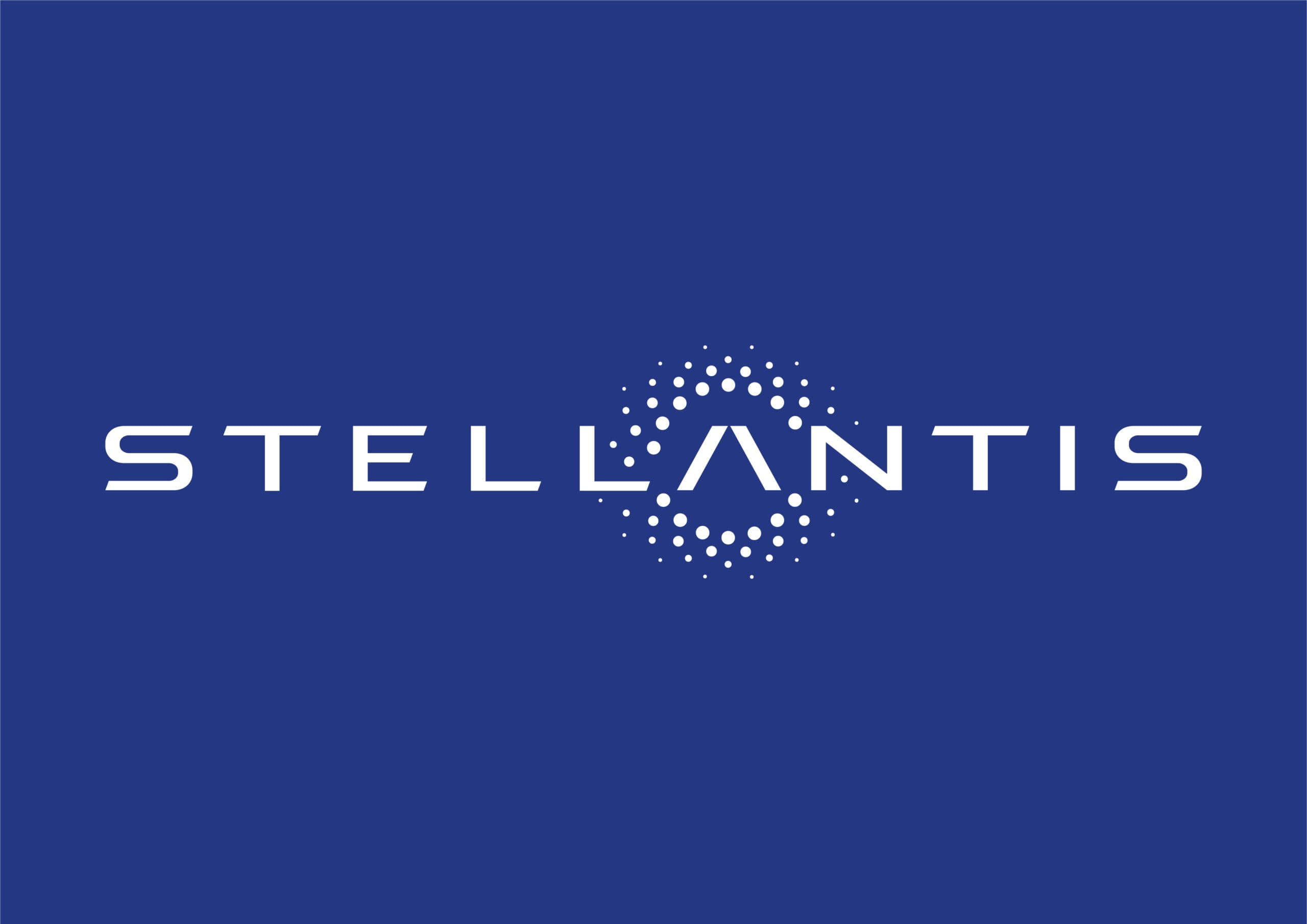Stellantis has announced the second part of its electrification strategy, which focuses on leveraging software. The company has mapped out its next-generation technologies by building on existing connected vehicle capabilities and transforming how consumers interact with vehicles. This will see Stellantis move to open-air platforms with new features and services added via over-the-air (OTA) updates to keep vehicles fresh. It plans to invest over €30 billion ($33.7 billion) through 2025 toward its software and electrification plans.
The software push at Stellantis will see it create new partnerships. It will collaborate with Foxconn to design purpose-built micro-controllers to support the company and third-party customers. Stellantis and Foxconn’s partnership will also develop a family of chips expected to develop 80 percent of the former’s micro-controller needs, simplifying the supply chain. The adoption and installation of the new products as soon as 2024. Working with Foxconn will also see the development of a family of purpose-built semiconductors. This is part of an initiative to reduce the complexity of semiconductors and provide more capability and flexibility as vehicles become more reliant on software.
Stellantis will also continue its activities with Waymo. The partnership has expanded to local delivery services, building on Stellantis’ investment in electrification and light commercial vehicles. Both companies are working together to focus on commercial development with prototypes coming to engineering teams in 2022.
To grow its software and connected services, Stellantis will focus on these key features: services and subscriptions, features on-demand, data as service and fleet services, vehicle pricing and resale value, conquests, service retention, and cross-selling. Stellantis has 12 million connected cars in can monetize globally and is expected to grow to 26 million by 2026 and to 34 million by 2030. In 2026, Stellantis projects that it can generate €4 billion ($4.4 billion) in revenues before increasing to €20 billion ($22.4 billion) in 2030. One of the first services that will be launched in 2022 is a usage-based insurance program offered initially through captive finance arms in Europe and North America before expanding globally.
In 2024, Stellantis will launch three new platforms that will be deployed at scale across its four upcoming architectures developed specifically for battery-electric vehicles. The heart of the electrical/electronic (E/E) and software architecture is called STLA Brain, a fully OTA capable 30-module component that’s flexible and fully integrated with the cloud. It will also connect the vehicle’s electronic control units with its high-performance computer. This allows software developers to quickly create and update features and services without needing to wait for a new hardware launch. OTA updates reduce costs for the customer and the automaker, simplifying vehicle maintenance and retaining residual values.
On top of the STLA Brain will be the STLA SmartCockpit. It has been built to seamlessly integrate the digital lives owners and create a third living space while on the move. STLA SmartCockpit will be powered by the Mobile Drive joint venture formed by Stellantis and Foxconn. This will add AI-based applications like navigation, voice assistance, payment services, and an e-commerce marketplace. The third component will be STLA AutoDrive codeveloped with BMW. This will offer Level 2, Level 2+, and Level 3 autonomous driving features and will be upgraded frequently via OTA updates.
Software and on-demand features will give customers the ability to tailor their vehicles according to what they want via OTA updates. Stellantis has delivered 6 million OTA updates to its vehicles to date, and by 2026, it aims to offer at least quarterly releases. Stellantis’ connected vehicles today are providing over 3 trillion data points. Engineers are using this information to cut the vehicle improvement time and increase customer satisfaction. This will eventually make €1.1 billion ($1.2 billion) by 2030.
To support this move, Stellantis will retrain over 1,000 existing engineers in multiple roles and hire specialists in software and AI across other global industries. It aims to have 4,500 software engineers worldwide by 2024.

